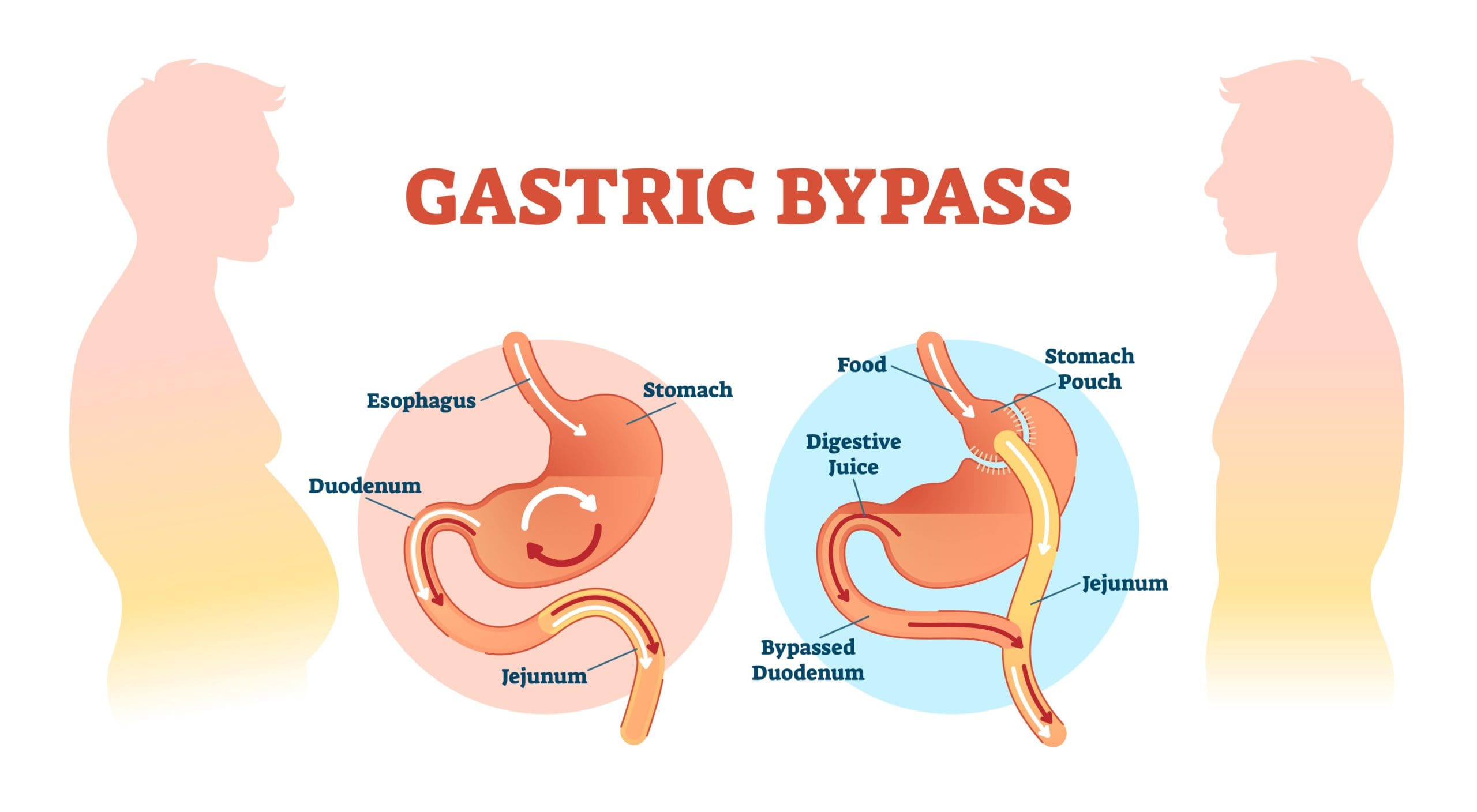by Elaine Davis, Weight Loss Detective
I read an article recently written by a sport nutritionist. The view taken was that weight loss is quite simply a matter of following three principles:-
- Reducing calorie intake
- Daily movement
- Patience with the process.
On the one hand, I thought yes, that makes sense and it is quite simple. However, if it was just that simple, why do so many of us battle with weight issues? To lose weight, we need to understand not only the principle of reduction of calories, but to understand that the foods we consume will invoke a hormonal response in the body.
In calorie terms, both protein and carbohydrates yield the same calorific value of 4 Cal/gram. But, these foods groups have a different glycemic impact and will effect our blood sugar balancing hormone, insulin, in different ways.
1 Tbsp of honey may yield 17g of carbohydrate = 68 Cals.
½ cup of Lima beans may also yield 17g of carbohydrate = 68 Cals.
However, this is not just about the grams of carbohydrate and calories – it is about the metabolic effect of carbohydrates in the body!
Insulin
Insulin is made in the pancreas and is secreted into the blood stream in response to a rise in blood glucose levels. One of the roles of insulin is to bind to insulin receptors on body cells and allow glucose to enter the cell. After a meal, blood glucose rises, insulin is produced and some of the glucose is converted to glycogen and stored in the liver and muscle cells. Excess blood glucose is converted by insulin into fat for storage – thus we could say that insulin is a ‘fat storing hormone’.
Meals high in refined carbohydrates, such as white flour and sugar, cause a rapid rise in blood sugar and insulin. In some people, if this trend is continued, the body loses the ability to respond to insulin, the pancreas has to secrete more to make up for this lack of sensitivity, thus insulin levels rise. Remember, insulin can be described as a ‘fat storing hormone’. We therefore do not want excessive amounts of insulin being produced.
Another negative of ‘insulin resistance’ is that blood glucose levels can become unstable, and can vary from high (hyperglycemia) to low (hyopglycemia). This can result in symptoms such as:
- Fatigue – as all body cells lack their vital energy source, glucose.
- Mental fogginess – the brain can be described as a ‘glutton for glucose’. A shortage will definitely effect brain function.
- Shakiness – if blood sugar levels dip too low, the adrenal glands increase production of adrenalin and cortisol to raise blood glucose levels.
- An insatiable hunger for carbohydrates – as the body attempts to raise blood sugar levels.
As you can see, these symptoms will make it very difficult for you to make sensible food choices at the next meal! You may feel tired and foggy, grabbing the next ‘quick fix’ carbohydrate snack to keep you going. At the end of a day on the sugar roller coaster, you will have little energy left to do any ‘movement’ whatsoever!
Strategies to help balance blood sugar levels
- Reduce or preferably eliminate high GI, refined carbohydrates such as processed breads, packaged cereals, cakes, biscuits, muffins, some types of pasta and packaged snack foods. Many processed foods are high in sugar from high fructose corn syrup. This will cause blood sugars to rise and thus an increase in insulin levels.
- Have approximately 40% of your daily calories from complex carbohydrates such as fresh fruit, vegetables and legumes.
- Starchy vegetables such as sweet potato, pumpkin, squash, carrots and parsnips and beetroots contain more carbohydrate than the green and leafy vegetables. Green and leafy can be eaten freely.
- In terms of fruit, low GI options include apples, oranges, peaches, pears, cherries, plums and peaches. In the tropical fruit category, although they have a higher GI than the other fruits, kiwi, mango and papaya are good choices. For blood sugar balancing, it is best to avoid dried fruit.
- Include some first class protein with every meal. This includes fish, free range lean poultry, fresh and lean red meat, eggs (not fried).
- Include oily fish such as salmon, sardines or tuna regularly. This provides not only first class protein, but a rich source of omega 3 fatty acids to help stabilise cell membranes and insulin sensitivity.
- Include some raw plant food with every meal. An unlimited amount of green vegetables is allowed – these reduce your consumption of fat and calories as well as lower blood glucose and insulin levels. Raw foods are also rich in vitamins, minerals and active enzymes.
- Turn off all ‘stimulators’ whilst eating to ensure you are eating ‘mindfully’.
So, although it is tempting at this time of the year to buy all those ‘reduced price’ items such a mince pies, tins of Quality Street and other Christmas confectionery – consider not only their calorific value, but the glycemic havoc they create in the body! Opt instead for something along these lines for good blood sugar balancing.
Start your day with an effective blood glucose lowering smoothie, that will also benefit your liver function.
Ice
½ cup of green string beans
3 broccoli florets
handful of kale
1 red apple
Water to taste
Blend!
Follow with eggs with tomato, basil and cucumber for breakfast. A large salad with lean chicken breast for lunch and seafood with vegetables and a small salad for dinner.
This will help you:-
- Keep calorie intake under control
- Have the energy to exercise
- Allow steady weight loss for those who need it.





Thank you for your great tips and all your books
You’re welcome Kerry 🙂
We are glad that you enjoy them!
Have a lovely Christmas,
Louise